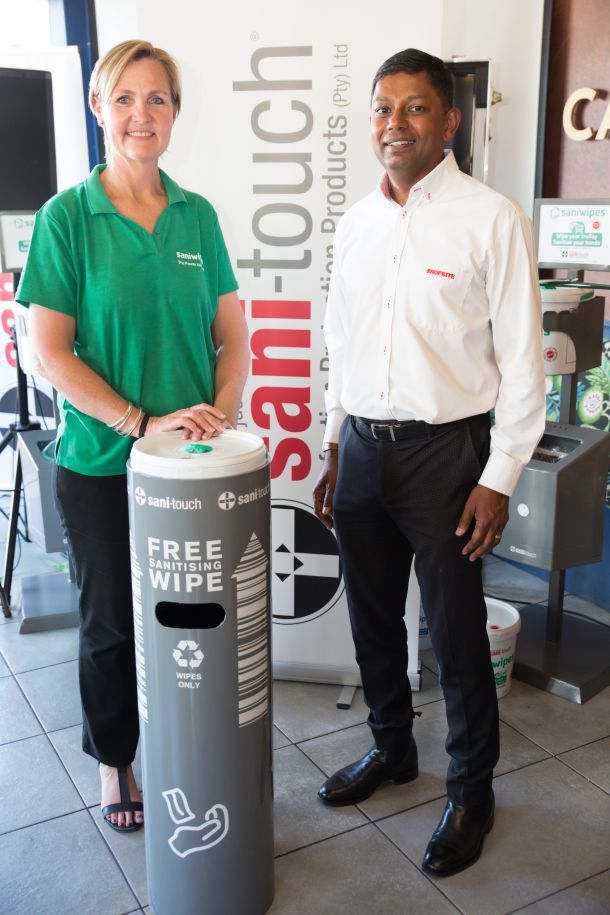Retailers: Food fight in the UK
A war is raging in the UK. Food retailers are locked in a battle for market share of the nation’s £174bn annual sales grocery market.
The first shot was fired late in 2013 when Walmart subsidiary Asda committed £1bn over five years to cutting prices. Tesco, the sector heavyweight, entered the price war in March 2014 and was soon followed by Sainsbury’s and Morrisons.
Though the “big four” are vying with each other for market share, the really big battle is against German discounters Aldi and Lidl. Both have used tough economic times to attract customers in their millions.
Aldi’s market share soared from 2,5% in 2007 to 5,3% in the 12 weeks to March, and Lidl’s from 2,2% to 3,7%, reports Kantar Worldpanel.
The biggest loser was Tesco, its market share falling from 31,3% in 2007 to 28,4%.
Price cutting has benefited consumers who, says Kantar Worldpanel, are saving £400m every 12 weeks. Food price deflation is also accelerating, the research firm says, reaching -2% year-on-year in the latest 12-week period compared with a negative 1,6% in the 12 weeks before that.
The big four’s profit-damaging price war has done little to slow Aldi or Lidl’s advance. In the latest 12-week period, Aldi’s sales lifted 16,8% year-on-year and Lidl’s by 12,1%, says Kantar Worldpanel.
Tesco managed no better than 0,3% sales growth in the 12 weeks and Sainsbury’s 0,2%. Asda and Morrisons’ sales fell 1,1% and 0,7% respectively.
Aldi and Lidl’s business models make them formidable opponents, enabling them to achieve costs bases far lower than mainstream retailers. Stores are austere, supply chains ultra-efficient and almost all goods sold are house brands.
“Aldi’s prices are 25%-30% lower than those of mainstream food retailers,” says Christopher Gilmour of Absa Wealth & Investment Management. House brands play a key role in enabling Aldi to achieve low prices at a solid profit margin of 7%-8%, he says.
SA food retailers have nothing to fear from the likes of Aldi and Lidl.
“They won’t come to SA,” says Gilmour. “SA has too few food manufacturers to meet their house brand needs. They would have to build a global supply chain at a huge cost.”
The chances of a price war between SA food retailers is also slim, analysts say.
“I can’t see a price war in SA,” says Alec Abraham of Sasfin Securities. “In SA, all food retailers are buying from the same few suppliers. It makes it hard to get better pricing.”
This is very different from the UK where there are far more suppliers, says Abraham.
Indeed, the UK price war is hitting many suppliers. At the end of 2014, 1 410 food and beverage producers were experiencing “significant distress”, says insolvency specialist Begbies Traynor.
If ever there was a sign of an SA retailer breaking ranks, it was given by former Massmart CE Grant Pattison.
In March 2014 he told the Financial Mail: “We are agents of change in the sector.” Given that Massmart’s parent, Walmart, is the world’s largest food retailer, his words seemed to have some credence.
Independent retail analyst Syd Vianello dismisses Massmart as a threat. “It does not have the infrastructure or scale and its rollout of food stores is minimal,” he says.
Spar is also ruled out as a price war monger. “It can’t dictate pricing to store owners,” says Abraham.
If there is one SA food retailer desperate to gain market share it is Pick n Pay. But it is also a nonstarter. “It can’t afford it,” says Abraham, alluding to the retailer’s paper-thin margin.
As for Shoprite, CE Whitey Basson has long stressed that it will not start a price war. He also has no fear of competitors doing so. “You go to war only if you have bigger tanks than your enemy,” says Basson.
News Category
- International retailers
- On the move
- Awards and achievements
- Legislation
- Wine and liquor
- Africa
- Going green
- Supplier news
- Research tools
- Retailer trading results
- Supply chain
- Innovation and technology
- Economic factors
- Crime and security
- Store Openings
- Marketing and Promotions
- Social Responsibility
- Brand Press Office
Related Articles

Spar reports growth of 3.3% as global retail sa...

Informal Retail in Africa: Could Technology be ...

Consumers need a good reason to shop this Black...

Checkers launches deals onto its Sixty60 home d...


